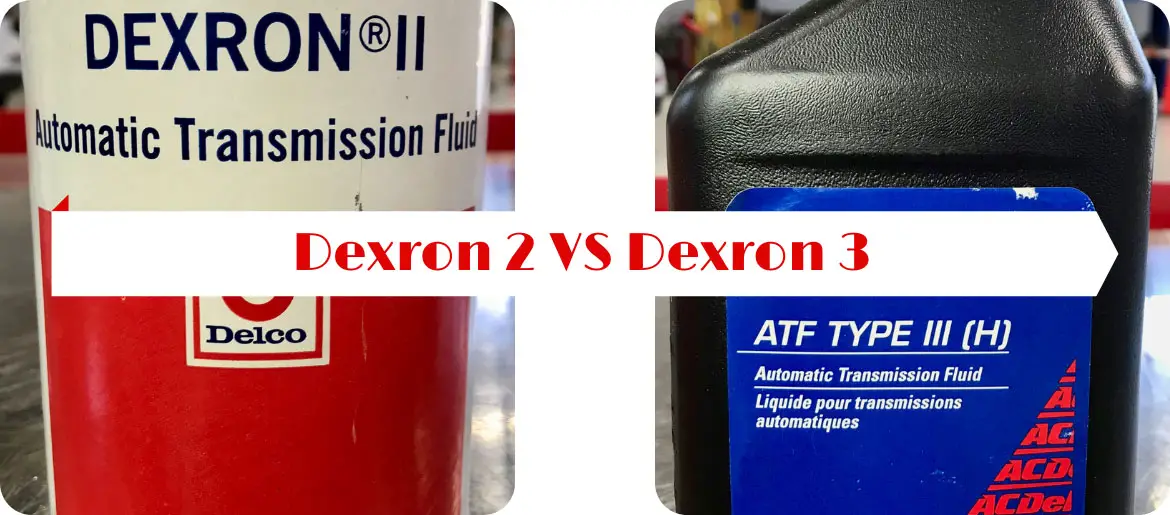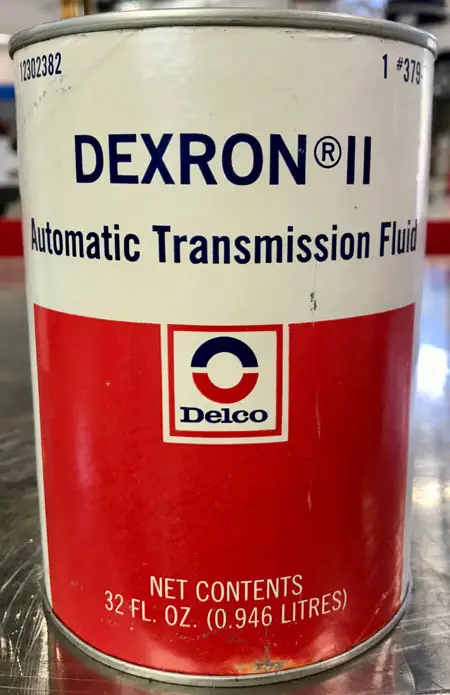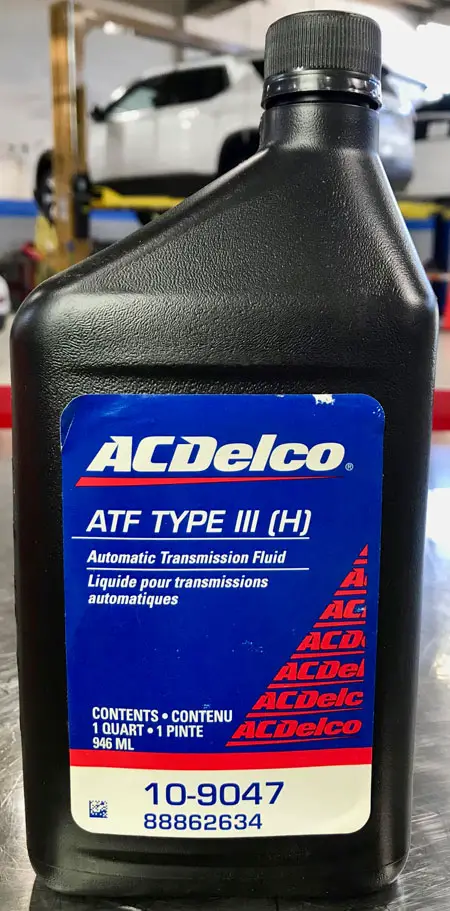Dexron 2 VS 3 | Are They Same?
Dexron 2 and Dexron 3 are both the same fluid type manufactured by General Motors. They are conventional transmission fluids, which means they are refined from crude oil.
Despite the similarity, there are differences between their properties. Dexron-III is an updated version of Dexron-II released in the 1990s. Along with improved friction stability, Dexron-III is formulated with additives that enhance other crucial features. Not only that, but also you can use Dexron-III in vehicles that call for Dexron-II. This guide on Dexron 2 VS 3 will tell you more about the differences between the two automatic transmission fluids.
This guide on Dexron 2 VS 3 will tell you more about the differences between the two automatic transmission fluids.
Notable Features of Dexron 2
Protection against Wear
Dexron 2 prevents the components of the transmission from wearing caused by abrasion. It will protect the components regardless of how long the transmission runs.
Improved High-Temperature Oxidation Stability
Compared to its ancestors, Dexron-II offers better oxidation stability at high temperatures. The oxidation inhibitors present in the transmission fluid prevent the build-up of sludge and deterioration of the fluid.
Better Anti-Foaming Properties
Dexron-II features better anti-foaming properties than its previous versions. It prevents the formation of air bubbles in the high-pressure side of the hydraulic pump that would otherwise impede the distribution of fluid to all the crucial components of the transmission.
Consistent Frictional Performance
The frictional properties of Dexron-II allow friction elements, such as gear couplings to work smoothly. As a result, there’s a smooth transmission shift and longer service life.
Improved Fluidity at Low Temperatures
At temperatures as low as -45 degrees Celsius, Dexron-II tends to maintain fluidity for providing adequate lubrication.
<<Check Recommended Dexron 2 Transmission Fluids>>
Notable Features of Dexron 3
Better Protection against Wear
Dexron 3 offers better protection against wear regardless of the duration the transmission keeps running.
Improved Friction Stability
Dexron-III offers improved friction stability than its ancestors. According to research for differentiating friction characteristics of the Dexron-II and Dexron-III, the latter showed stable dynamic friction.
More High-Temperature Oxidation Stability
Dexron-III withstands high temperatures better to prevent the effects of oxidation in the fluid.
Better Material Compatibility
Dexron-III is more compatible with the materials of the automatic transmission it interacts with.
Low-Temperature Fluidity
Dexron-III provides good fluidity at low temperatures. This ensures the fluid doesn’t lose its effectiveness as it is introduced to the dipstick.
Better Anti-Foaming Properties
Dexron-III possesses better anti-foaming properties than Dexron-II.
<<Check Recommended Dexron 3 Transmission Fluids>>
Frequently Asked Questions
Is Dexron VI Compatible With Dexron II?
Dexron-VI can be used in both old and new transmissions that require Dexron-II or other Dexron versions.
Is Dexron 3 Synthetic?
No, Dexron-III is a conventional type of fluid made by hydrocracking. Since it offers fewer benefits than synthetic fluids, it is cheaper.
Can You Mix Dexron 2 And 3?
Yes, Since Dexron-II and Dexron-III are conventional fluids having the same viscosity, they can be safely mixed.
Can I Use Dexron 3 Instead of 2?
Yes, Dexron-III replaces Dexron-II as it is an improved version having more advantages. Because of this, the fluid can be used in any vehicle that requires Dexron-II.
Final Words on Dexron 2 VS 3
The main difference between Dexron 2 and 3 is that Dexron 3 is the updated version of Dexron 2 which is formulated with additives and other chemical components to improve the transmission performance. Otherwise, both of them are almost the same type of regular ATF.
However, from the Dexron 2 VS 3 guide, you’ve probably learned about the features of the two automatic transmission fluids. But, unfortunately, these two are no longer used in vehicles because Dexron-VI has taken over the market with its far superior features. This particular fluid is compatible with older and newer GM cars that require Dexron in general.
So, instead of taking the hassle of searching for Dexron-II or Dexron-III in the market, a good idea is to opt for Dexron-VI. The fluid is guaranteed to provide optimal transmission performance for a smoother drive.




